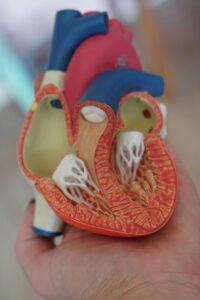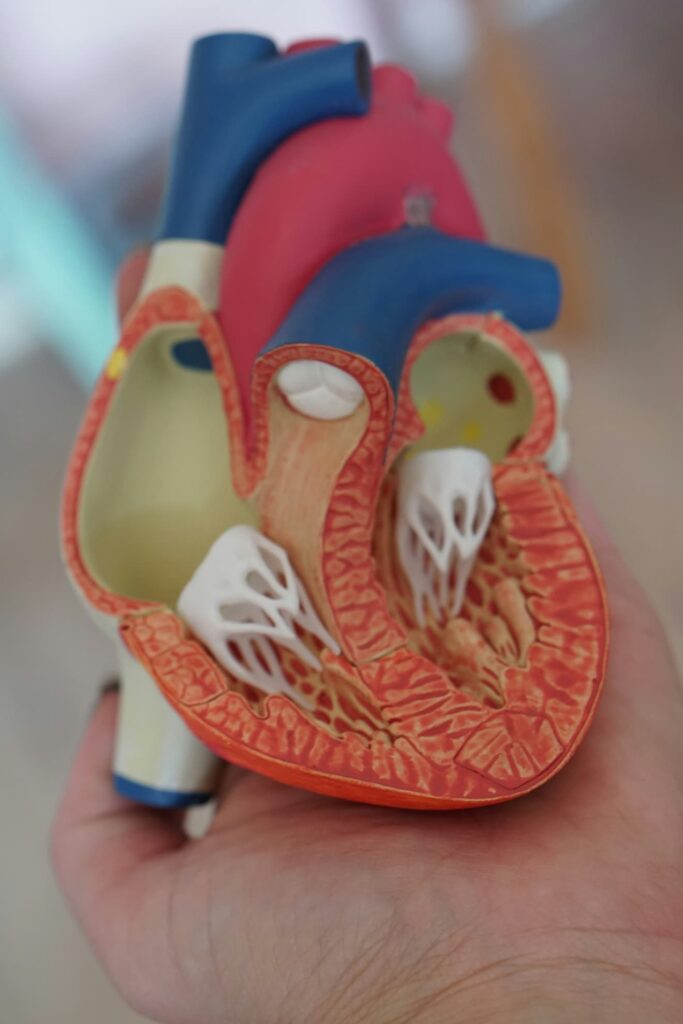The Cardiovascular System
Understanding the Cardiovascular System: Your Heart and Blood Vessels
The cardiovascular system, often referred to as the circulatory system, is a complex network that plays a vital role in maintaining the health and well-being of our bodies. Comprising the heart and a vast network of blood vessels, this system ensures the continuous circulation of blood, delivering essential nutrients and oxygen while removing waste products. In this article, we’ll explore the key components and functions of the cardiovascular system in simple terms.
The Heart – Your Body’s Pump:
At the center of the cardiovascular system is the heart, a muscular organ about the size of your fist. Located slightly to the left of the chest, the heart acts as a powerful pump that propels blood throughout the entire body. It consists of four chambers: two atria (upper chambers) and two ventricles (lower chambers). The atria receive blood while the ventricles pump it out.

Blood Vessels – Highways of Circulation:
Blood vessels are the intricate network of tubes that carry blood to and from the heart. There are three main types: arteries, veins, and capillaries.
- Arteries: These vessels carry oxygen-rich blood away from the heart to various parts of the body.
- Veins: Veins transport oxygen-depleted blood back to the heart. Unlike arteries, veins have valves that prevent blood from flowing backward.
- Capillaries: These tiny vessels connect arteries and veins, allowing for the exchange of nutrients and oxygen with tissues.
Circulation – The Journey of Blood:
The cardiovascular system operates in a continuous loop known as circulation. The process begins when the heart pumps oxygenated blood into the arteries, which then branch out into smaller vessels. As blood travels through capillaries, nutrients and oxygen are delivered to tissues, and waste products are collected. The deoxygenated blood returns to the heart through veins, and the cycle repeats.
Blood is a remarkable fluid that serves multiple functions within the cardiovascular system. It transports oxygen, nutrients, hormones, and immune cells throughout the body. Additionally, blood helps regulate body temperature and pH levels while also assisting in the elimination of waste products.
Common Cardiovascular Conditions:
Several conditions can affect the cardiovascular system, including:
- Hypertension (High Blood Pressure): Increased pressure in the arteries, which can strain the heart and lead to other health issues.
- Atherosclerosis: A condition where arteries become narrow due to the buildup of plaque, restricting blood flow.
- Heart Attack: This occurs when blood flow to a part of the heart muscle is blocked, often due to a blood clot.
Conclusion:
Understanding the cardiovascular system is crucial for maintaining overall health. By appreciating the role of the heart and blood vessels, individuals can make informed lifestyle choices to support cardiovascular well-being. Simple steps like a balanced diet, regular exercise, and avoiding tobacco can contribute to a healthy and resilient cardiovascular system, ensuring a longer and more vibrant life.



